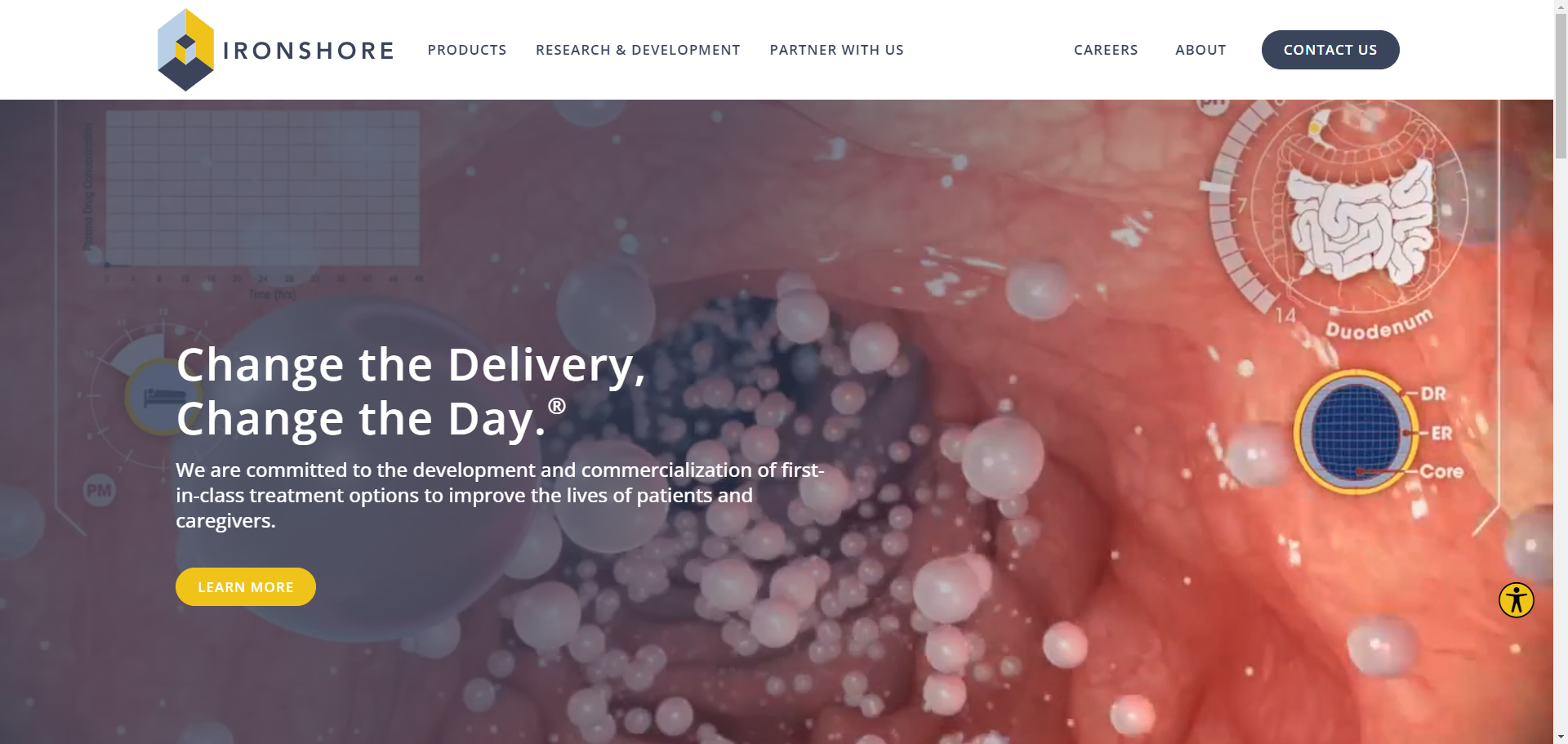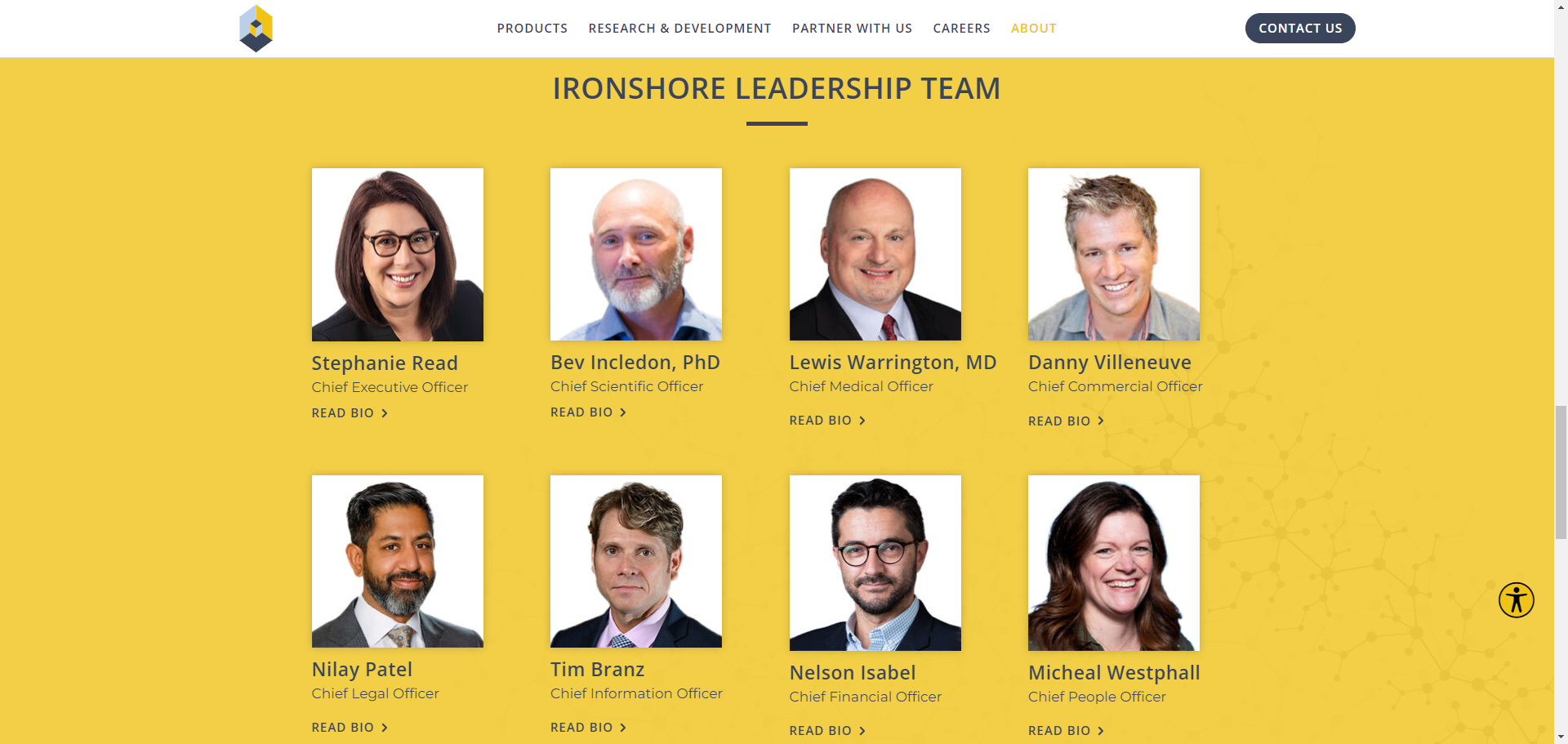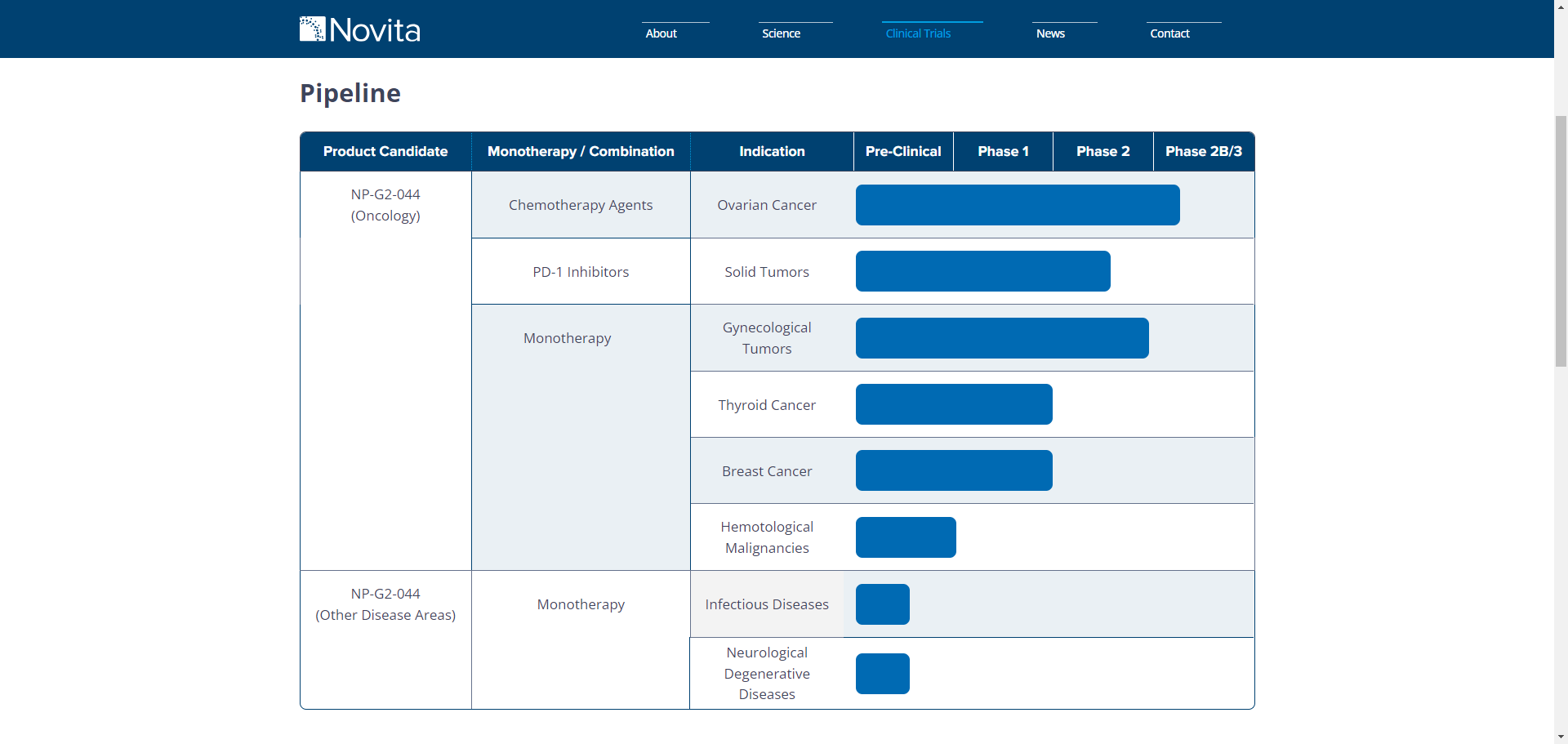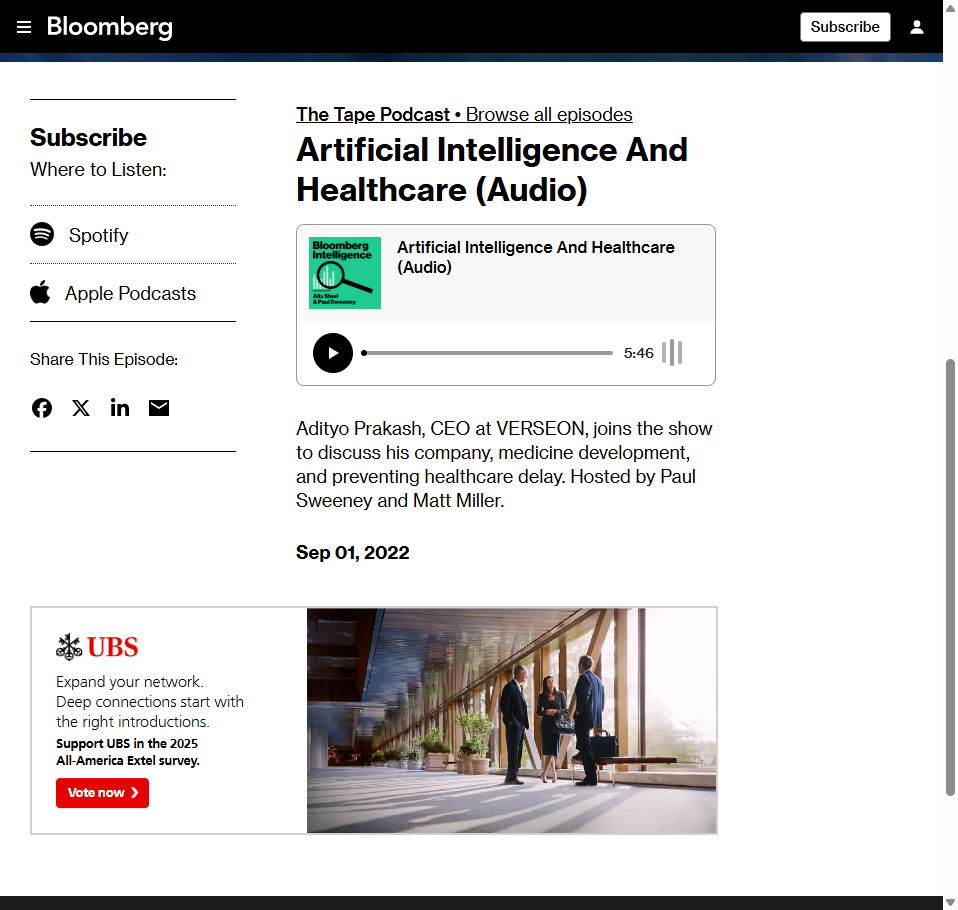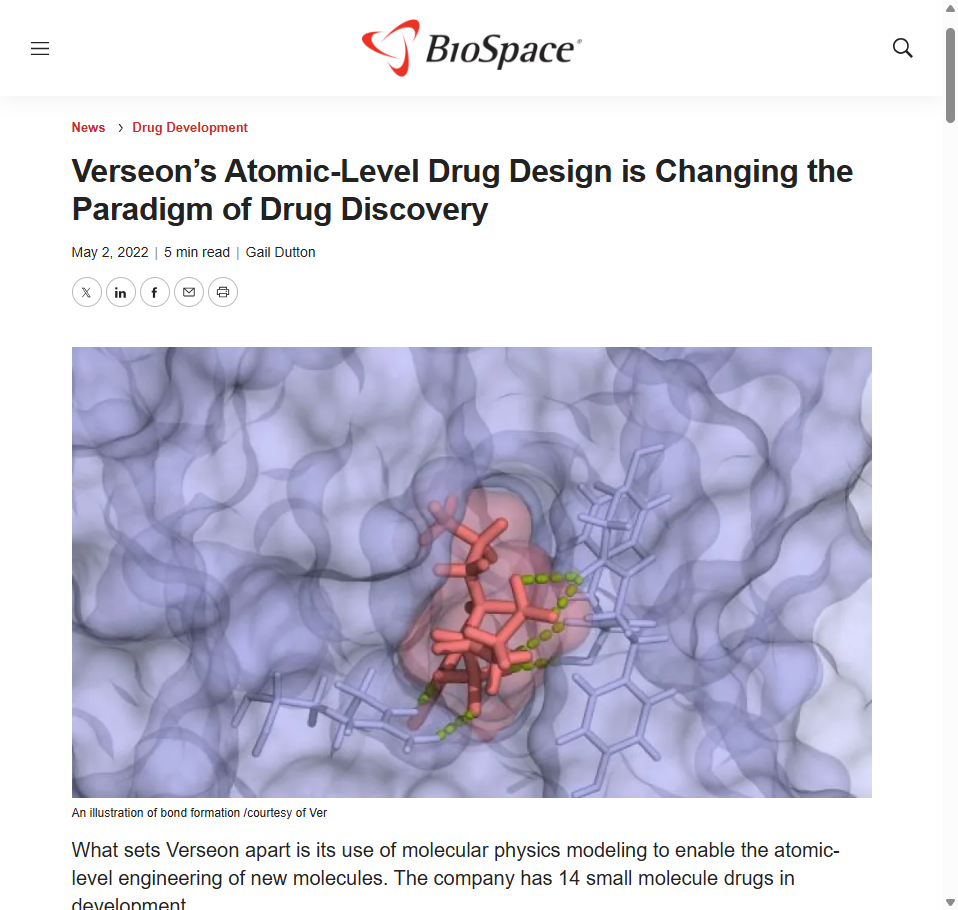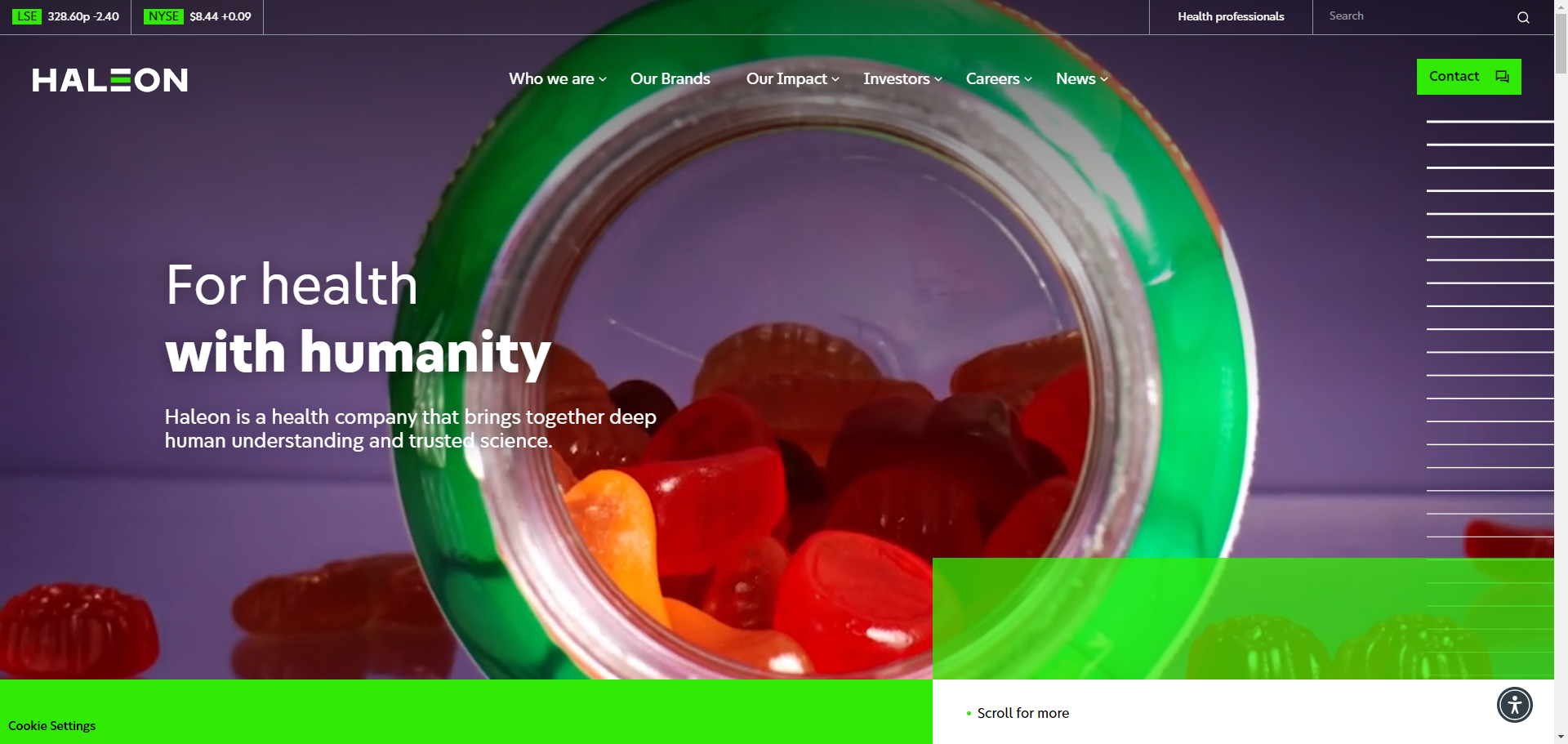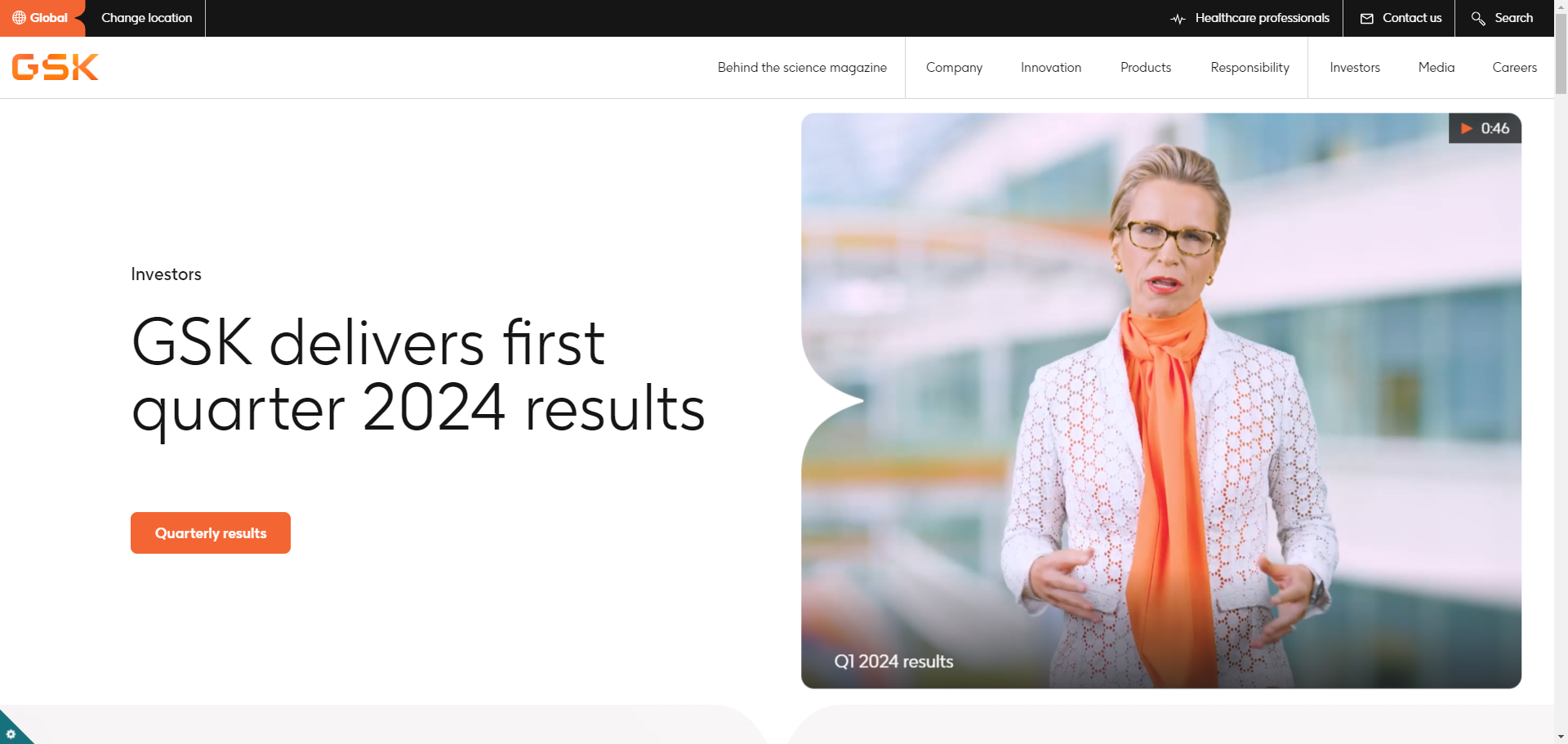The best biotech content marketing strategies include buyer persona creation, roundup posts, resource hubs, sales-driven content, goal tracking, and promotion.
Every CEO or marketing team I speak to understands the need for a biotech content marketing strategy but always has a lot of confusion about how to go about it.
Having a strategy in place means that you have a roadmap to success, are not wasting time, money, or resources on marketing that does not work, and from an SEO perspective, are not simply “writing for the sake of writing.”

I wanted to develop this content marketing strategy guide for biotech brands that focuses on traffic, leads, and brand awareness because these are often the goals of the CEOs and marketing teams we are talking to and because, ultimately, that is what content marketing is for.
Daniel Lofaso, Digital Elevator CEO
To put things in perspective, Digital Elevator has been creating biotech content marketing strategies for over a decade for Fortune 500 companies as well as emerging biotechs. Historically, blogs have been the best driver of traffic and leads, although I certainly won’t discount the role of other types of content – white papers, eBooks, podcasts, etc. – in the life science content marketing sphere.
Learn the why’s and how’s on life science and biotech content marketing strategy, or skip to the examples section below.
Table of Contents
Why Develop a Content Marketing Strategy? Answering the ROI Question
Let’s face it. You have a lot of marketing options to invest in. But why am I telling you that content marketing could quite possibly be the best?
Content marketing is often the marketing channel that provides the lowest cost per acquisition
The TLDR version, based on my experience, is that it is often the channel that provides the lowest cost per acquisition. More bang. Less buck.
Content Marketing ROI Stats
- Annual growth in unique site traffic is 7.8x higher for content marketing leaders than followers (19.7% vs. 2.5%). Aberdeen
- Content marketing costs 62% less than traditional marketing yet generates 3 times as many leads as traditional marketing. Demand Metric
- Companies that adopt content marketing have conversion rates that are 6 times higher than those that don’t. Aberdeen
- Marketers who say they blog boast an 82% positive ROI. HubSpot
What’s the good news in all of this? The same Aberdeen reference above also cites that 56% (the majority of content marketers) don’t have a content marketing strategy. They don’t know who they are writing for, what to write about, or how the hell content marketing works.
But you will… if you read on.
Create a Biotech Buyer Persona to Understand Your Reader
Perhaps the biggest train wreck we run into with biotech companies that want to begin content marketing is their lack of understanding of who their customer is and why they should care about their product or service.
From a content marketing perspective, it is fundamental to understand who you are writing for and what the takeaways need to be. This is the point of buyer personas, but they do have their flaws.
The issue with buyer personas is that you can pay big bucks to research firms like Gartner or Forrester to define them or use quick and easy tools like HubSpot’s Make My Persona tool. The problem with the former is that the price is out of reach for even some of the biggest organizations.
On the other hand, free buyer persona tools are fantastic for companies who need something to start with. Still, the way they are presented usually only creates more confusion about how the hell to use the information in a meaningful way.
Instead of trying to write for demographic data points, dissect what stage in the decision-making process your persona is in and craft accordingly.
As it relates to content marketing strategy, these personas are also aligned with the various stages of the buying cycle. While a more advanced definition would isolate five stages in the buying cycle, let’s keep things simple with three buying cycles and align directly with our buyer persona:
Buyer Personas, Content Marketing, and Sales Funnels
Top of the funnel
Top of the funnel content is often used as brand awareness content and covers high search volume content. Top of the funnel content is great for driving a lot of traffic, but it rarely, if ever, converts traffic to leads (initially).
- Top of the funnel content example: what is NMN (Nicotinamide Mononucleotide)? (authored by a company that sells anti-aging supplements).
- Buyer persona example: A middle-aged woman who is learning about anti-aging supplements.
Middle of the funnel
Middle of the funnel is steeped in low to moderate search volume topics and provides feedback to something that your company offers a specific solution for, yet without directly pushing sales content down the reader’s throat.
- Middle of funnel content example: can MNM slow down aging? (authored by a company that sells anti-aging supplements).
- Buyer persona example: A middle-aged woman who is learning the options for anti-aging supplements on the market.
Bottom of the funnel
Bottom of the funnel content is generally very low search volume but very high intent. It converts the best out of all three content types.
- Bottom of funnel content example: the best anti-aging supplements (authored by a company that sells anti-aging supplements)
- Buyer persona example: A middle-aged woman who is ready to make an anti-aging purchase but is in the final stages of decision-making based on previous research.
As you may have drawn from the above explanations, there are pros and cons to each of the segments of the sales funnel. These have to do with the ability to drive traffic and brand awareness (top of the funnel), help convince during buying decisions (middle of the funnel), and ultimately decide on a partner (bottom of funnel).
The above is certainly not a deep dive into buyer persona creation for biotechs, but here is a really good resource on the topic.
Ok, so now you know why it is important to invest in content marketing, the importance of using buyer personas to create content for your reader, and how to mix up your content to appeal to various stages of the sales cycle.
Actionable Biotech Content Marketing Strategies
Content marketing is the process of creating and sharing valuable, relevant, and consistent content to attract and engage a clearly defined audience — and, ultimately, to drive profitable customer action.
In the biotechnology industry, content marketing can be a powerful way to attract new customers, educate your target audience, and establish your company as a thought leader. There are a number of different types of content that you can create for your content marketing strategy, such as blog posts, infographics, case studies, and white papers.
At Digital Elevator, we focus on what is called SEO-driven content marketing. This means that the content we create is versed in SEO and is driven by search volume and intent as much as it is driven by providing exceptional content to our clients’ readers.
Here are some of our favorite biotech content marketing examples:
Roundup posts
This Research.com roundup post ranks for over 300 keywords related to “clinical trial software,” “clinical trial management software,” and “clinical trial management systems.” Roundup posts- articles where you do side-by-side comparisons of competitors, software, or products – can often be bottom of the funnel content types where users will visit them to make final decisions.
Resource Hubs
Resource hub or blogs? Which strategy is most effective?
They both fall under the strategy of content marketing.
They both often provide a wealth of topic ideas.
However, many biotechs get this wrong from the start and create content that sort of blends both instead of keeping them isolated from a navigational standpoint and a content layout standpoint.
Resource content is generally to the point, fluff-free, and data-driven (objective). Blog content is often more conversational, offering perspectives and potential opinions (subjective).
When possible, it’s best to incorporate both, as both strategies can identify high volume and often high intent keyword opportunities.
For example, Excedr, a life science lab equipment lessor, capitalizes on both:
Blog
- 30k organic visits/month
- PPC equivalent value of $19k/mo
- ranks for 30k keywords
- 300+ pages published
Resource hub
- 22k organic visits/month
- PPC equivalent value of $18k/mo
- ranks for 21k keywords
- 200+ pages published
Sales-driven Content
Here’s a great example of a biotech content marketing resource from Thermo Fisher Scientific.
I’ll get to why, but first some SEO metrics:
- it drives an estimated 7,600 organic visits per month
- the equivalent PPC traffic would cost $5,500 per month
- it ranks for 1,500 keywords
- it has earned 41 referring domains
This content resource on Useful Numbers for Cell Culture is a great example of SEO-driven content marketing for so many reasons:
1. It’s useful to their target audience
Lab techs or scientists who need to order cell culture dishes/flasks would find this grid layout really simple and informative.
2. It’s related to product offerings
Should the lab techs need these products, the simplicity of understanding exactly what they need accompanied by links to the products makes this resource a real winner.
3. It’s probably a highly lucrative page in terms of content marketing investment
ThermoFisher probably knew the potential search volume from this page. Researching, planning, developing, and then ranking this page probably took quite a bit of work. However, if we look at some average conversion rates, you can see how lucrative something like this can be for an eComm biotech:
8,000 visits per month
x 2% conversion rate (modest average)
~$400 per order
= $64,000 in revenue per month
When creating content for your content marketing strategy, it is important to keep your target audience in mind. What are their interests and needs? What kind of information are they looking for? Once you understand your target audience, you can create content that is relevant and engaging.
Biotech Content Marketing Best Practices
So, you’ve got buy-in and you’re ready to dive into content marketing. Great start. Now it’s time to make sure your efforts are actually worth it. That means following some best practices that’ll keep your strategy on track and your team aligned.
Set Realistic Expectations
If you’re expecting content marketing to deliver overnight success, this might not be the right path. Content marketing is a long game. Ahrefs ran a study on how long it takes to rank in Google—and the results were eye-opening:
Only 22% of pages that rank in the top 10 on Google were created within the last year.
That means nearly 80% of top-performing content has been around for a while. Translation: your blog post from last week probably isn’t going to dominate your industry’s SERPs by next Tuesday.
If you’re in this, be in it for the long haul. That said, you still need milestones to measure progress and keep your team accountable.
Create OKRs to Track Progress
OKRs (Objectives and Key Results) are a great framework for setting measurable goals and tying them to outcomes. For biotech companies, this could look like:
Objective:
Increase inbound leads by 10% over the next 12 months.
Key Results:
- Allocate 10% of marketing spend to content initiatives
- Increase organic traffic by 50%
- Publish 4 new pieces of targeted content per month
It’s a simple framework that helps tie daily marketing tasks to business results—exactly what leadership wants to see.
Content Creation Is Only Half the Battle
To create a successful biotech content marketing strategy, you need to understand:
- Who your audience is and what they care about
- What your competitors are doing and how they’re ranking
- How your content maps to business goals like awareness, leads, and revenue
Once you’ve got all that figured out, it’s easy to assume writing the content is the final step. But here’s the truth: if you write it, they won’t necessarily come.
Content without promotion is like a drug without a delivery system. You need distribution strategies that actually get your content in front of the right people.
Promote Like It Matters
Three primary channels will do the heavy lifting here:
- Email Marketing: Still one of the best ways to get your content seen by the people who already know and trust you.
- Social Media: Useful for amplification, but tough without budget. Organic reach on platforms like Facebook is dismal—industry-wide, engagement rates are often under 1%.
- Link Building: Critical for SEO. Backlinks remain one of the strongest ranking signals. A solid link-building plan is non-negotiable if organic traffic is a priority.
Know When to Build In-House vs. Outsource
There’s no one-size-fits-all approach to content production. You have a few options:
- In-house teams know your brand and product inside-out but often lack the SEO chops or bandwidth to execute a sophisticated strategy.
- Outsourced agencies bring deep expertise, advanced tools, and proven processes—but they won’t know your brand like your internal team does.
- A hybrid approach can be the sweet spot: your team provides the insider knowledge, while the agency handles strategy, SEO, and execution at scale.
Cost matters too. A full-time marketer can cost 120% of their salary when you factor in benefits and overhead. Agencies and contractors offer flexibility and often bring multiple specialists to the table for less than the cost of one hire.
If your goals involve brand awareness, thought leadership, and lead generation, content marketing should be mixed into your long-term marketing strategy. Combined with an SEO-driven approach along with promotion, it can effectively drive leads from top, middle, and bottom of the funnel while positioning you as a market leader.
If you need help with your biotech content marketing strategy, reach out to Digital Elevator today.



